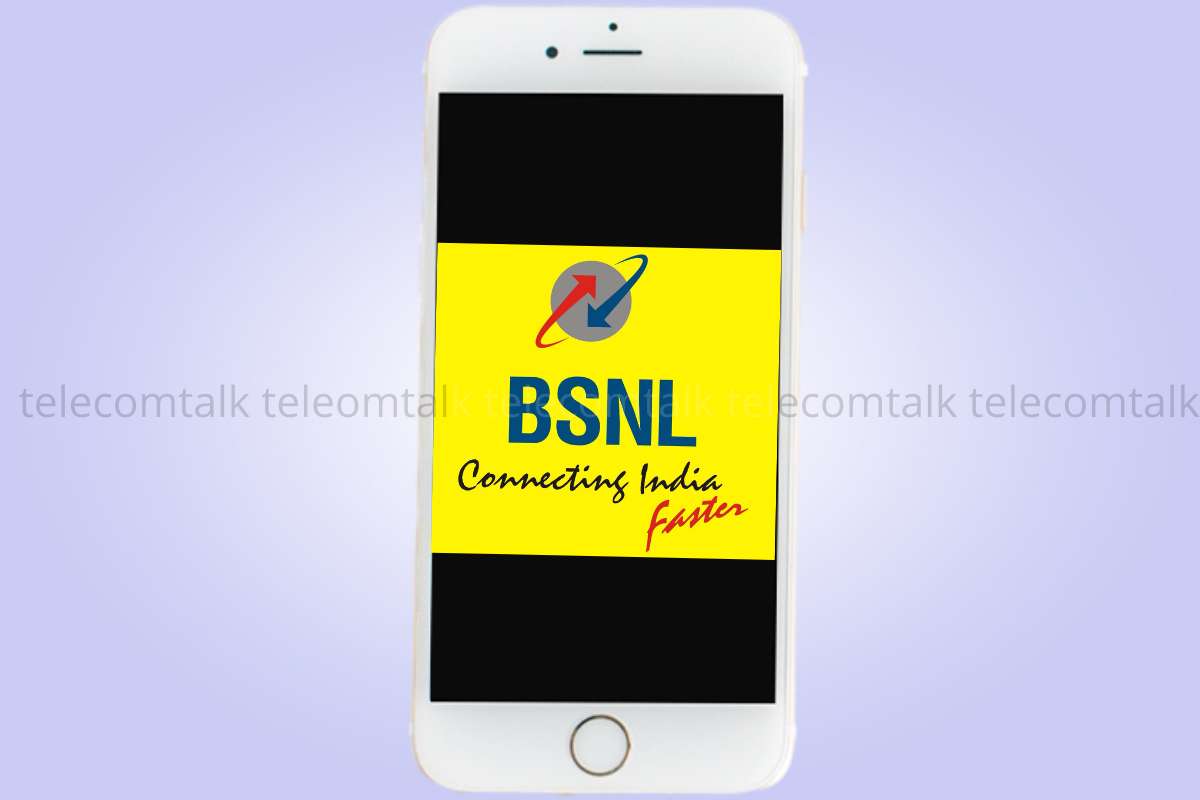Bharat Sanchar Nigam Limited (BSNL), the state-run telecom operator, has not generated profits for a very long time now. The government of India has pushed the telco to roll out homegrown 4G, and that has been one of the key reasons why BSNL hasn’t launched 4G in India yet. Devusinh Chauhan, minister of state for communications, said that BSNL is at a loss because of the high employee cost over the years, lack of 4G and high debt. The minister talked about the revival package that the telco got in 2019, which included the voluntary retirement scheme (VRS) for the employees. VRS allowed the employees to retire early, which in turn helped BSNL in managing employee costs. Along with this, there were other things, such as monetising the core and non-core assets of BSNL and Mahanagar Telephone Nigam Limited (MTNL). According to an ET Telecom report, Chauhan said that these are the reasons why BSNL and MTNL are now EBITDA (earnings before interest, tax, depreciation and amortisation) positive. The Indian government also announced a new revival package for BSNL earlier this year. This new revival package was worth Rs 1.64 lakh crore. BSNL is now very close to launching homegrown 4G. The telco is also emerging with the Bharat Broadband Nigam Limited (BBNL). Back in September, there were reports that BSNL and BBNL’s merger was almost complete. With the revival package, the government also aimed at destressing BSNL’s balance sheet and took care of the 4G capex and spectrum to a certain extent. Chauhan said that the revival package would enable BSNL to turn things around and become a profit-earning entity. Ashwini Vaishnaw, union telecom minister of India, has also said that BSNL would be able to launch 5G in about 7 months from the time it starts deploying 4G. So we could see BSNL’s4G and 5G rolling out in 2023 itself.
